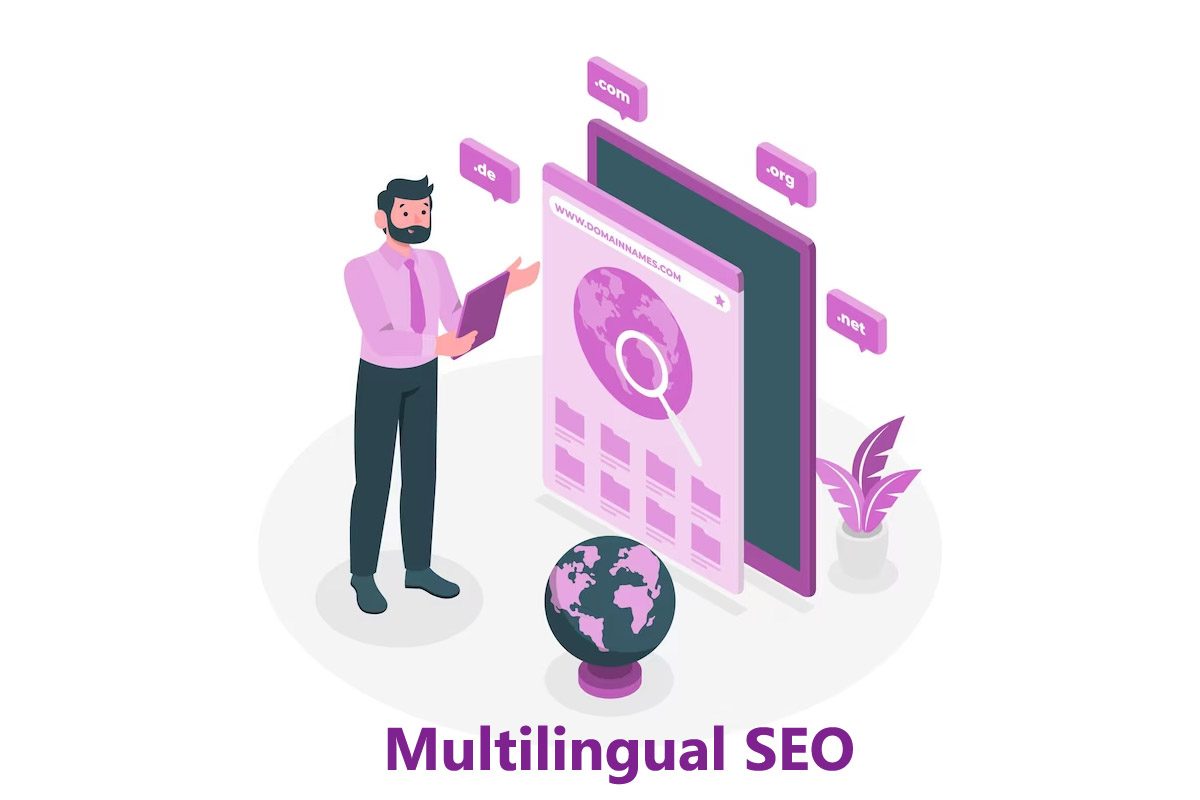Multilingual SEO
Introduction
Multilingual SEO is a method of preparing a multilingual website for search engines in different countries globally. The primary goal is to get more and more ranking in the various languages you want to target. However, we may lose a lot of traffic, thinking many search queries are in English. But what about foreign readers who can only read in their local language? Now this is the point we all need to focus on.
Multilingual websites require more than just translation into another language. If you want to target your international audience, you need to focus on these two aspects of your strategy:
Technical Aspect
Content Marketing Aspect.
In this article, we will help you understand the strategy of multilingual SEO so you can reach different users that speak other languages. These ideas or tips will help you work with international SEO and multilingual SEO.
Technical Aspects of Multilingual SEO
Search engines never frustrate users by giving them search results not in their language. That is why it will optimize the content depending on the user’s location. It is easy for a search engine to optimize the website in a particular language since they are apposite at detecting language through text. However, it becomes problematic when it comes to the region. It is tricky for a computer to determine which country a specific web page is meant for by analyzing the content. Now this could become easy when you use these tools to select which country.
Hreflang Tag
The Hreflang attribute or tag says to Google which language you are using on a particular page so that the search engine can provide accurate user results in their language. Hreflang will help you show the Google search engines the relationship between the web page and the alternate languages. It is most useful when you have created content that targets local audiences.
Server Location
Server location can also help search engines to find out from your website is hosted as a hint to identify the region. This was the primary signal, but due to the advent of the CDN (Content Delivering Network), you can host a website virtually from anywhere. It will serve according to the region the user selects.
Hosting a website close to your target audience can have another benefit. The effect of SEO in this scenario depends majorly on the speed rather than on detecting the region. As we all know, page speed is one of the major ranking factors of SEO.
Webmaster Tool
If any issues arise in the above methods, you can do this manually, too, with the help of the webmaster tools. Some Search engines offer these tools, and Google, where you can specify the location and language for every page.
Market Research of Multilingual SEO
It would help if you looked out for making your website accurate to people living in a particular country or speaking a specific language. In addition, it would be best to look for people’s expectations regarding your website, their needs, and actions. Since multilingual SEO is not just about ensuring your website content is available and well-presented in different languages. Before launching your international website, research the targeted audience to see if you fit them.
Importance of Multilingual SEO
Everyone wants their website to be visible on Google. So apart from giving content to your native place, you also want to target it to other foreign countries where English is not so every day that you can do it with the help of multilingual SEO.
Now when you make your website available to other foreign countries, the advantages you have are:
It will improve your website’s ranking position.
It will help you reach a new audience and widespread your target market.

